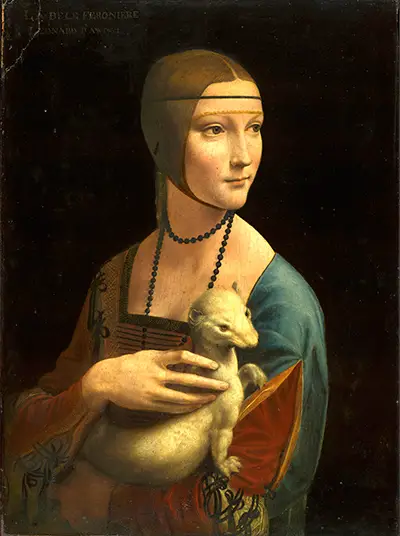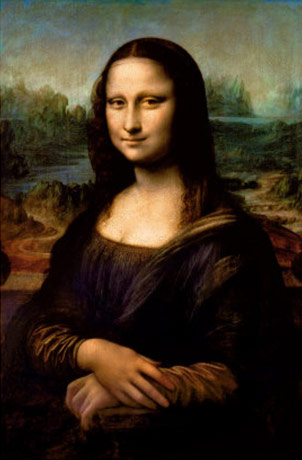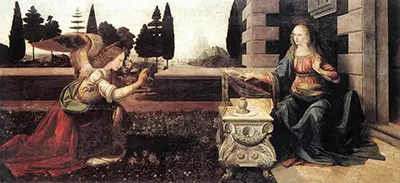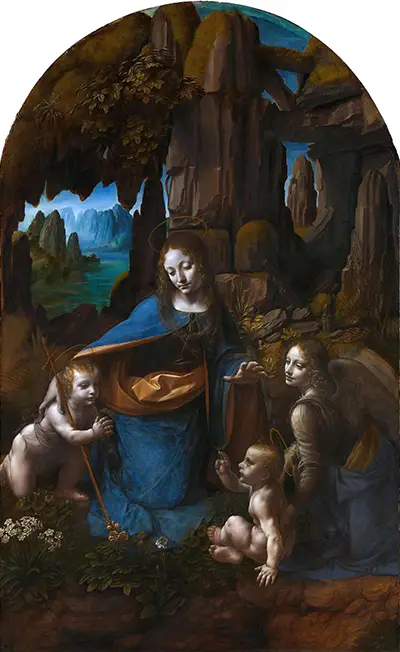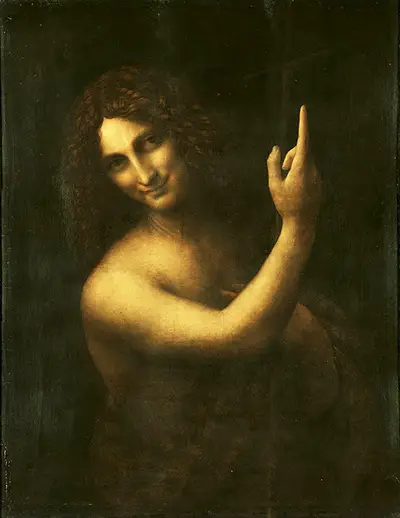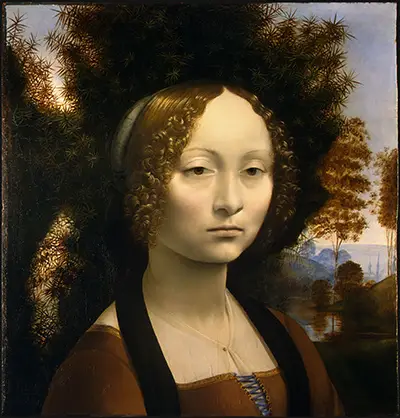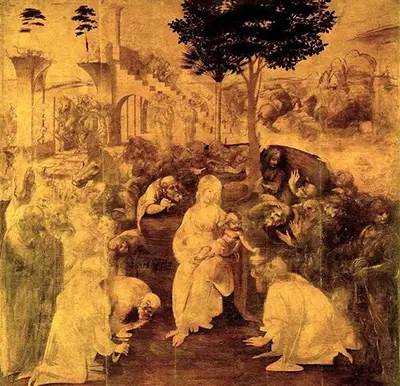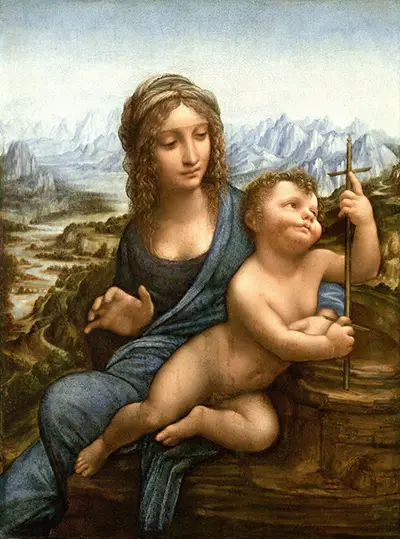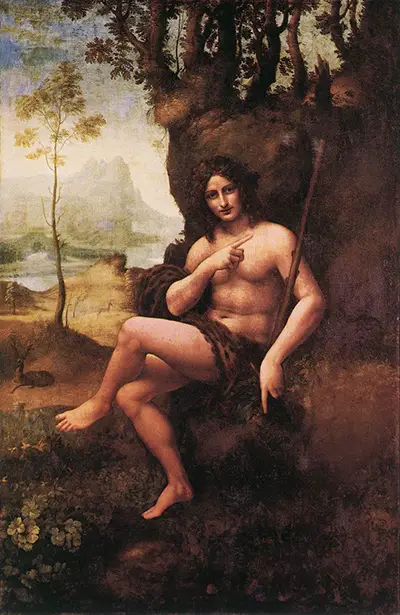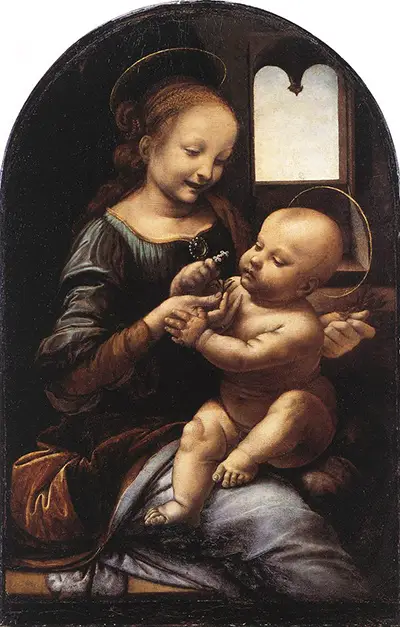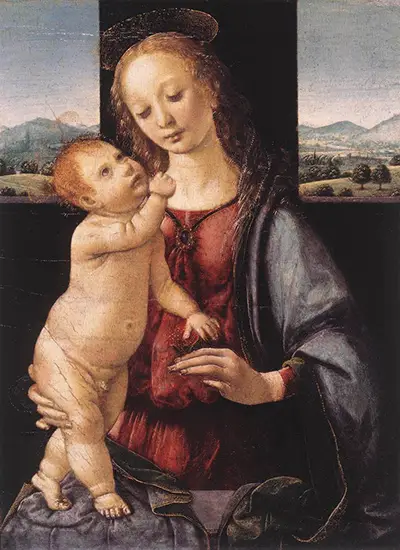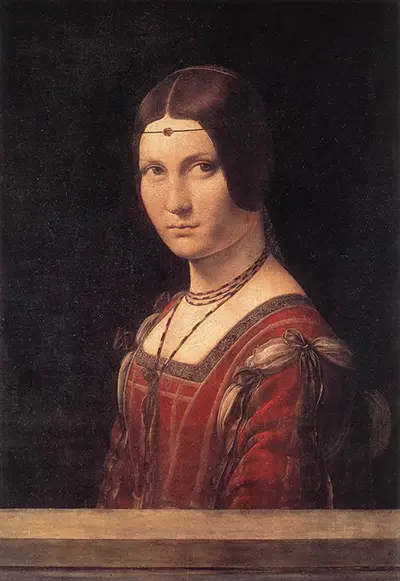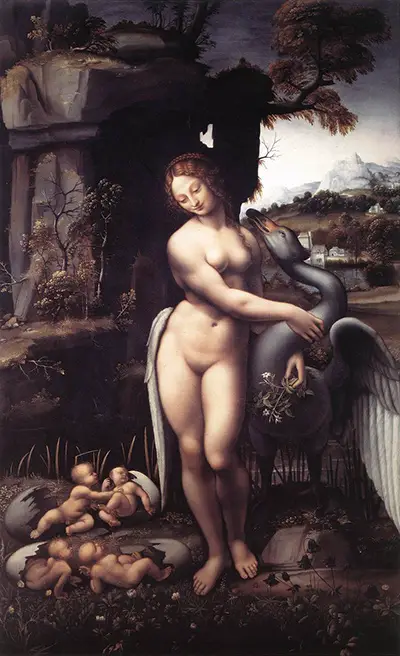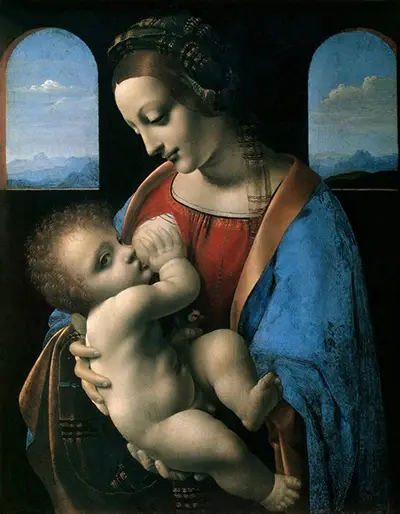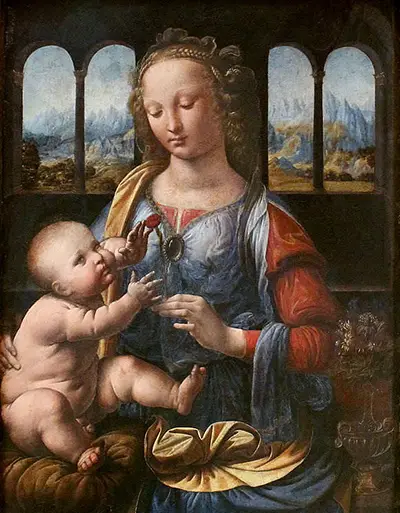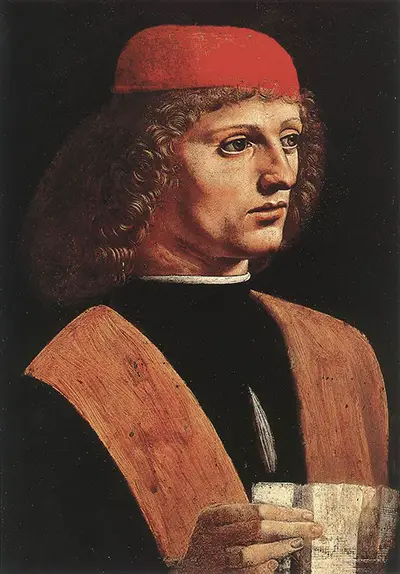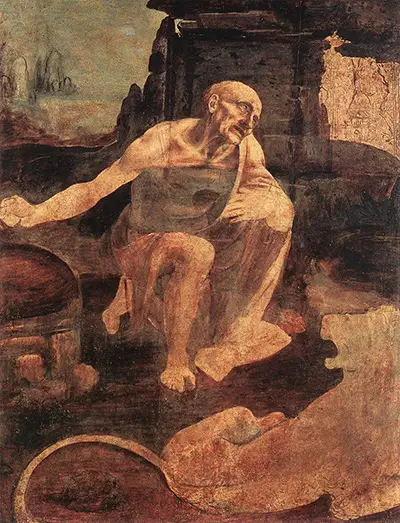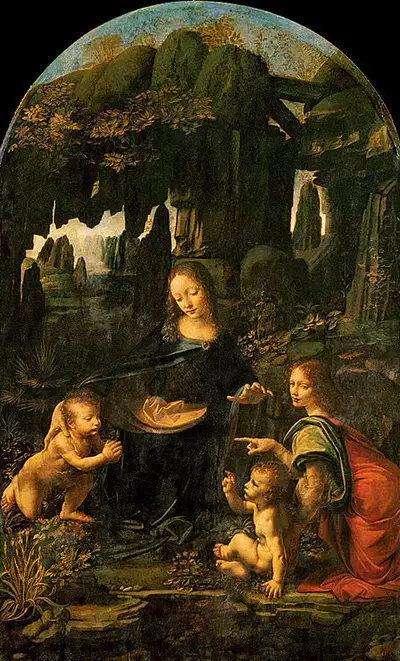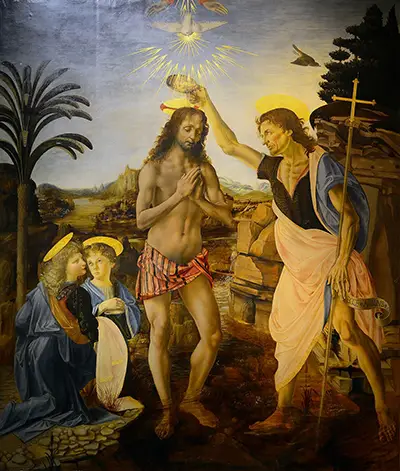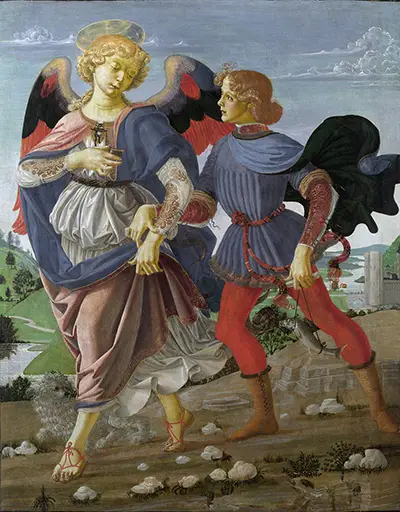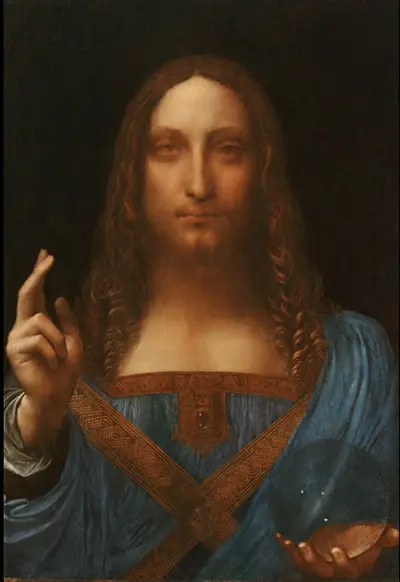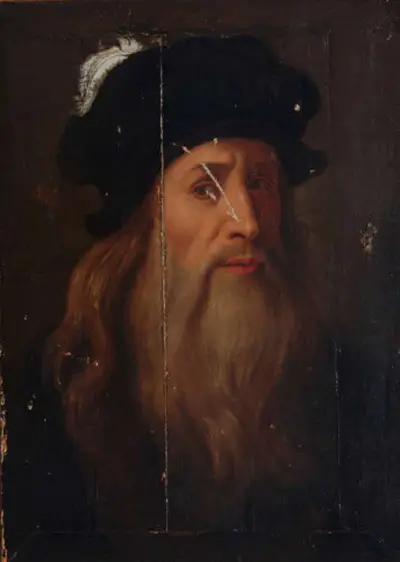The view is that there are about fifteen works of art that are associated with Leonardo da Vinci either completely or in collaboration with another artist.
Most of his works are oil on wooden panel. There is, however, a mural, a large drawing on paper as well as two that were in the early stages and not finished.
That said, to most people his most famous works are likely to be The Mona Lisa and The Last Supper. During his lifetime, Leonardo da Vinci created several works of art that are easily recognisable. He was more of a specialist in painting than Michelangelo, who preferred sculpture.
Early Works – Early in his career while in Florence, Leonardo da Vinci completed two well-known works of art. They were the Annunciation sometime between 1472 and 1475 and Ginevra de' Benci sometime in the mid-1470’s. Both are oil on wood pieces.
1480s - It was during this period that Leonardo da Vinci created several works such as Virgin of the Rocks, Lady with an Ermine and the Adoration of the Magi. The Adoration of the Magi is unusual in so far as work began on this masterpiece but never finished.
1490s - During this period he produced one of the world’s most well-known work of art, The Last Supper. The picture is a mural commissioned by a convent in Milan. It shows the last meal shared by Jesus with his disciples. Its recognition as a masterpiece has meant that it remains as one of the most reproduced artworks today.
1500s – In the Louvre museum in Paris hangs another of Leonardo’s most known works of art, The Mona Lisa. Some believe its fame to rest on the enigmatic smile that is on the face of the woman thought to be that of Lisa Gherardini. While he produced several works during this era, it is the Mona Lisa that is probably his best-known piece.
Many consider his last known work of art to be that of St John the Baptist. Painted in oil on a wooden panel, the picture dates from somewhere between 1513 and 1516. The piece is thought to depict St John the Baptist in isolation. It hangs in the Louvre in Paris.
Disputed Works
Of the pictures assumed to have been by Leonardo da Vinci, the validity of several have been the subject of debate. One reason for this is down to the fact that he never signed his works.
Apart from scientific tests, confirmation that paintings were by da Vinci has come from the opinion of academics and documentary evidence from the time of the picture.
Some of the paintings thought to have been by Leonardo are instead associated with artists such as Verrocchio, Lorenzo di Credi and Ambrogio de Predis. See also Botticelli paintings and Raphael paintings.
Equally, pictures believed to have been by da Vinci are instead copies or productions produced by his students. For example, the view is that the artwork known as Bacchus is a workshop copy of a drawing.
Lost Works
Over time several of Leonardo da Vinci’s paintings have been lost for one reason or another. They may only exist now as copies.
The picture we know of as ‘Leda and the Swan’ by Leonardo da Vinci now exists only as a copy of which nine known versions are hanging in museums around the world.
Other works like Dragon Shield and Medusa are associated with Leonardo but are now considered lost works of art.
One of his paintings, The Battle of Anghiari also has the title of ‘The Lost Leonardo’. Some think it is hidden below one of the frescoes in the Hall of the Five Hundred in the Palazzo Vecchio, Florence.
Despite the lost and disputed works. Leonardo da Vinci will always be remembered as one of the world’s greatest artists.
To many, Leonardo da Vinci is one of the most well-known artists to have been around at the time of the Italian Renaissance. While we think of him today as a scientist, engineer and inventor, he is also one of the world’s great artist as well.
A leading artist of the Renaissance period, he is credited with creating some of Europe’s most famous paintings. Probably his two most recognisable works are The Mona Lisa and The Last Supper.
Some of his works remain unfinished, some disputed and some lost over time. Despite all of this, his paintings have influenced and continue to influence many generations of artists.
It was in 1452 that Leonardo da Vinci was born in the town of Vinci. By the age of 14, he began his career as an apprentice to the Florentine painter and sculptor, Andrea Verrocchio.
It was at Verrocchio’s workshop in Florence that that da Vinci received his early training in the arts. His apprenticeship meant that he gained technical training in subjects such as:
- Drafting
- Chemistry
- Metallurgy
- Mechanics
- Leather Working
Also, his training also included instruction in the arts. As an apprentice, he learnt his artistic skills in drawing, painting, sculpting and modelling.
It was during his training in Verrocchio's workshop that he worked on his first painting. The painting was The Baptism of Christ. The belief is that he worked on the piece with Verrocchio. By the age of twenty, Leonardo had completed his apprenticeship and had his own workshop.
